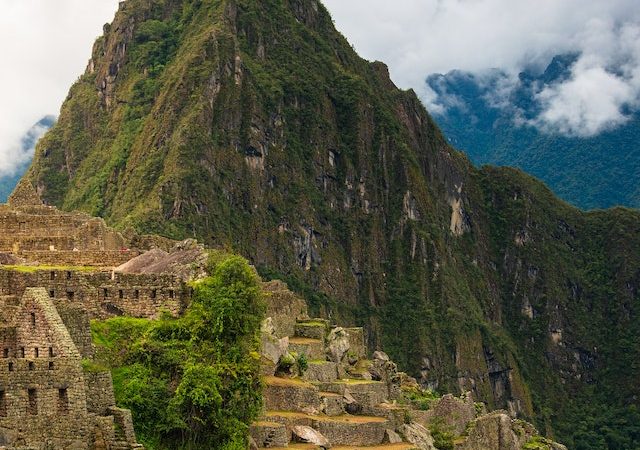Deep within the bowels of our planet lies a hidden world that challenges everything we thought we knew about Earth’s majestic mountains. In a remarkable feat of scientific exploration, researchers have unveiled a breathtaking discovery: mountains that surpass the towering heights of even the mightiest peaks on the surface. Using state-of-the-art imaging technologies and
Deep within the bowels of our planet lies a hidden world that challenges everything we thought we knew about Earth’s majestic mountains. In a remarkable feat of scientific exploration, researchers have unveiled a breathtaking discovery: mountains that surpass the towering heights of even the mightiest peaks on the surface.
Using state-of-the-art imaging technologies and seismic data collected from around the globe, scientists have pierced through the layers of the Earth, delving into the mysterious realm beneath our feet. What they have found is truly awe-inspiring: mountains that reach heights far beyond what we had previously imagined.
These colossal subterranean formations, aptly called “superdeep mountains,” reside in the Earth’s mantle, concealed from our view. Located between 660 and 2,900 kilometers below the surface, they tower above the well-known giants like Mount Everest, boasting heights that surpass three to four times its magnitude.
The revelation of these hidden giants raises intriguing questions about their origin and composition. It is believed that they are formed through complex geological processes involving the movement and interaction of tectonic plates deep within the Earth. The forces at play within the mantle, combined with the accumulation and compression of dense materials over vast periods of time, have given rise to these monumental structures.
The discovery of these superdeep mountains not only expands our understanding of Earth’s geological landscape but also presents a tantalizing opportunity to study the inner workings of our planet. By examining the materials and structures within these subterranean marvels, scientists hope to unravel the secrets of Earth’s geological evolution and gain insights into the processes shaping our planet.
Beyond their significance for Earth sciences, these newfound wonders also offer a glimpse into the mysteries of other celestial bodies. By studying the formation and behavior of mountains within the Earth, scientists can draw parallels to the geological processes occurring on other planets and moons in our solar system. This knowledge could help unravel the enigmas of planetary formation and evolution throughout the cosmos.
However, the exploration of these superdeep mountains poses significant challenges. The extreme depths at which they reside make direct observation impossible, requiring scientists to rely on indirect methods such as seismic imaging and computational modeling. Advancements in technology and innovative research techniques will be crucial in further unraveling the mysteries held within these hidden giants.
The discovery of mountains dwarfing the highest peaks on Earth is a testament to the insatiable human curiosity and our relentless pursuit of knowledge. It reminds us of the immense complexity and beauty of our planet, urging us to explore and understand the depths that lie beneath our feet. As scientists continue to probe the mysteries of these superdeep mountains, we embark on a new era of geological exploration, one that promises to reveal extraordinary insights into the hidden wonders of our planet.

















Leave a Comment
Your email address will not be published. Required fields are marked with *